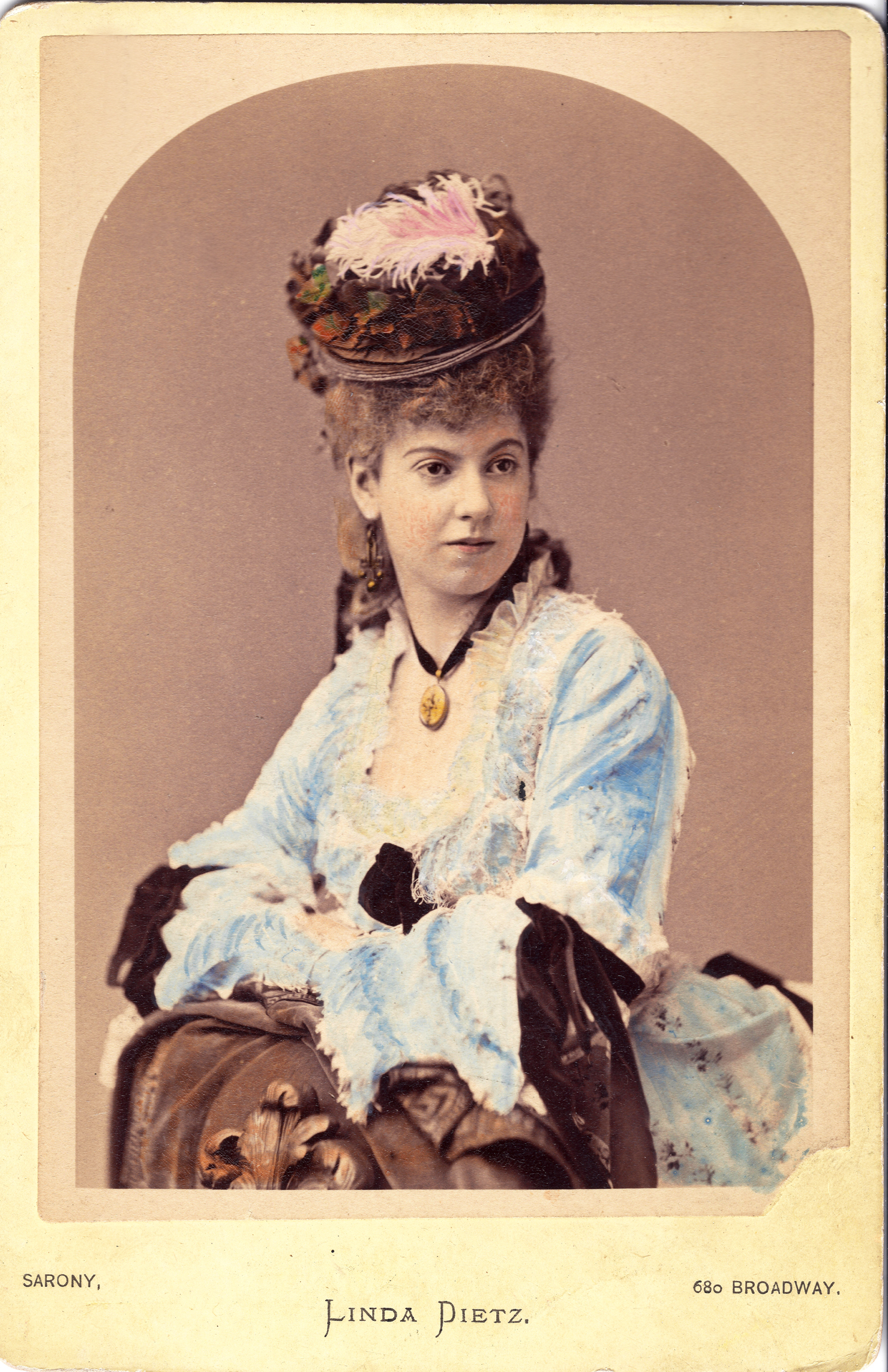In the nineteenth century, the great failing of photography was the fact that it rendered a polychromatic world in mere black and white, And the first solution to this problem was to tint photographs with colored pigments by hand. These could be crayons, oil paints, pastels, and water-colors. Hand-coloring was an art onto itself, and there were great practitioners. Of course, artistic tastes have swung full circle, and today black and white photography is considered its own art form, one that exalts form and tonality uncontaminated by color.
It is believed that the first hand-colored daguerreotypes were the work of Swiss artist Johann Baptist Isenring. Isenring used a mixture of gum arabic and pigments to colour daguerreotypes. Colored powder was fixed on the delicate surface of the daguerreotype by the application of heat. Patents were filed on variations of this technique in 1842 by Richard Beard in England and by Étienne Lecchi in France, and subsequently in 1845 by Léotard de Leuze. From there, hand-coloring evolved with the medium. Albumin prints and lantern slides were hand-colored.
Figure 1 is a particularly gorgeous example of 1870’s hand-colored. Talented work always stands out. The image is of the actress Linda Dietz. It was taken by the great 19th century portraitist Napoleon Sarony, whom we have spoken about before, and is one of his famous Broadway Series, photographs of celebrities of the day. Given the quality and period of the work, it seems likely to have been done by Sarony’s master colorist, Marc Gambier.
The level of detail in the coloration amazes me. Notice for instance, the complexity of color in the feathers of the hat and the details of the gown. It is also of interest that the symmetry of the coloration of the cheeks is not quite right – a definite indication that this was added afterwards.
As for the beautiful Miss Dietz. While primarily an actress, she was highly sought after as a model. A particularly famous portrait of her was painted by William Merritt Chase in 1878. She made her stage debut in 1870, replacing Fanny Davenport in “Fernande” at Daly’s 5th Avenue Theatre. Subsequently, she joined Daly’s company and then Union Square Theatre in 1876. At Union Square she generally received excellent reviews, although there is a particularly nasty review from the New York Times. In 1879 Dietz tried her hand abroad, joining the Hare and Kendal company at the St. James Theatre in London and then the Haymarket, and the Court. She returned to New York in 1887, but was never able to fully rekindle her career.
For us, this image stands as a lovely moment from the Belle Époque – Miss Dietz in her stunning and delicate pale-blue crinoline. The great photographer Sarony and his colorist Gambier collaborated to preserve the moment forever.

